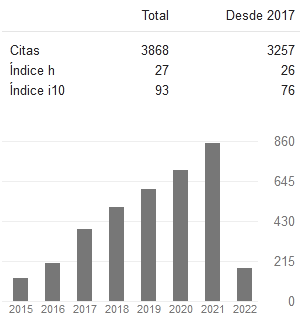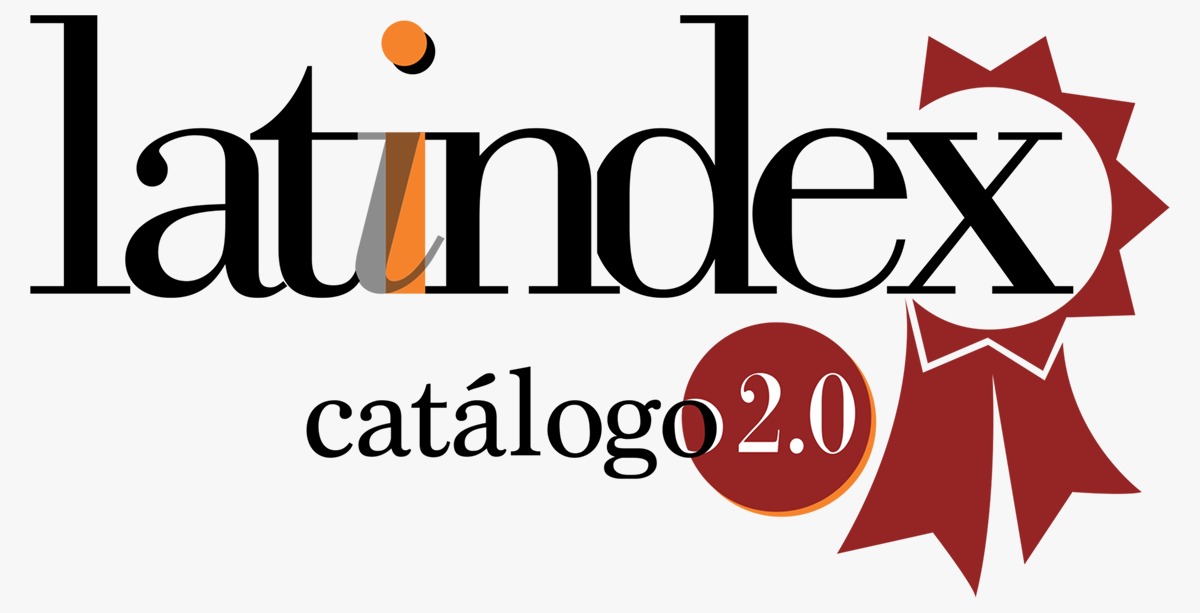Latin American cultural expressions as a didactic learning methodology with different students: a literature review
Keywords:
cultural expressions in the classroom, education, teaching strategies, art, culture.Abstract
The purpose of this text is to address an investigation into the use of Latin American cultural expressions as a didactic learning methodology in students of different educational levels using the method of collecting relevant information through investigative articles and academic journals. During the research process, 50 texts were examined, of which 40 were selected as the main source of information on the methods used in the classroom to diversify classes and consider different cultural expressions such as music, art, and dance, in order to use them as methodological tools in the classroom. The research found that some cultural traits expressed in different Latin American communities offer a wide range of opportunities to celebrate diversity and promote cultural inclusion in the classroom. Various teaching methodologies can be used, such as experiential learning through music, visual arts, and literature.
The learning objectives that can be achieved by teaching the expressions expressed by various communities throughout Latin America are numerous, as they include the development of autonomous knowledge, respect for others, the ability to analyze cultural influence, and the application of different expressions such as music or literature in the educational context.
Learning assessments can also be varied, including participation in activities, project development, and formative assessment. It is important that evaluations are adapted to different contexts and audiences, taking into account the age, educational level, and cultural context of the students.
The research concludes that music, dance, and literature as Latin American cultural expressions can be a valuable tool to enhance student learning. Future researchers are recommended to focus on the application of innovative methods and the generation of resources that can motivate educators to transform the classroom with more inclusive classes.
Downloads
References
Agudelo Díaz del Castillo, A. J. (2014). Secuencias rítmicas corporales Herramienta pedagógica musical para facilitar la independencia rítmica corporal y la práctica de conjunto. El artista(11), 54-64. https://doi.org/https://biblat.unam.mx/es/revista/el-artista/articulo/secuencias-ritmicas-corporales-herramienta-pedagogica-musical-para-facilitar-la-independencia-ritmica-corporal-y-la-practica-de-conjunto
Alonqueo Boudon, P., Alarcón Muñoz, A., & Hidalgo Standen, C. (2020). Motivación y colaboración como maneras culturales de aprender entre niños y niñas mapuche rurales de La Araucanía. scielo, 19(3), 171-181. https://doi.org/http://dx.doi.org/10.5027/psicoperspectivas-vol19-issue3-fulltext-1862
Bernal Vázquez, J., Epelde Larrañaga, A., Gallardo VIgil, M., & Rodríguez Blanco, Á. (2010). La Música en la enseñanza–aprendizaje del Inglés. Cidd. https://doi.org/https://d1wqtxts1xzle7.cloudfront.net/103500332/345-libre.pdf
Cañate T., J., & Orozco C., Y. (2020). Perspectiva cultural del significado de la inteligencia kinestésica en el proceso de enseñanza aprendizaje en estudiantes afrodescendientes. Corporación Universidad de la Costa. https://doi.org/https://hdl.handle.net/11323/7738
Chávez Epiquén, A., Moscoso Paucarchuco, K. M., & Cadillo León, J. R. (2021). Método activo en el desarrollo de competencias matemáticas en niños de la cultura Awajún, Perú. Uniciencia, 35(1), 55-70. https://doi.org/http://dx.doi.org/10.15359/ru.35-1.4
Díaz, M., Morales Bopp, R., & Díaz Gamba, W. (2014). La música como recurso pedagógico en la edad preescolar. Infancias imágenes, 13(1), 112-108. https://doi.org/https://doi.org/10.14483/16579089.5455
Echeita S., G., & Ainscow, M. (2011). La educación inclusiva como derecho. Marco de referencia y pautas de acción para el desarrollo de una revolución pendiente. Revista de Didáctica de la Lengua y la Literatura(12), 26-46. https://doi.org/http://hdl.handle.net/10486/661330
Guirao Goris, J. A., Olmedo Salas, Á., & Ferrer Ferrandis, E. (2008). El artículo de revisión. Revista Iberoamericana de Enfermeria comunitaria, 1(1), 1-25. https://doi.org/http://revista.enfermeriacomunitaria.org/articuloCompleto.php?ID=7
Linares González, E., García Monroy, A., & Martínez Allende, L. (2018). Elaboración de canciones, estrategia de apoyo para la educación superior. Revista Iberoamericana para la Investigación y el Desarrollo Educativo, 9(17), 19. https://doi.org/https://dialnet.unirioja.es/servlet/articulo?codigo=6522159
Madrigal Abarca, M. (2012). La enseñanza de la expresión escrita en el método comunicativo mediante elproceso. Revista De Filología Y Lingüística De La Universidad De Costa Rica, 35(1), 113–122. https://doi.org/https://doi.org/10.15517/rfl.v35i1.26122
Martín Escobar, M. J. (1992). El folklor musical en la enseñanza. Universidad de Zaragoza, Asociación Universitaria de Formación del Profesorado, 6(1), 13. https://doi.org/http://hdl.handle.net/10201/139667
Murillo Perea, J., Mosquera Mosquera, M., & Sánchez Martínez , L. (2014). Imagino, construyo y vivo mi mundo, a través de la fantasía de las artes y de la literatura. Universidad del tolima, 12-19. https://doi.org/https://core.ac.uk/download/pdf/51068284.pdf
Navarro Lores, D., & Samón Matos, M. (2017). Redefinición de los conceptos método de enseñanza y método de aprendizaje. Edusol, 17(60), 26-33. https://doi.org/https://www.redalyc.org/articulo.oa?id=475753184013
Olivares, H., Silva, D., Opazo, P., Arellano, T., & Cornejo, C. (2020). La urdiembre en la enseñanza: expresiones articuladoras de contenido en la interacción profesor-estudiante. Universidad de Concepción, 46. https://doi.org/https://doi.org/10.1590/S1678-4634202046217295
Smith Batson, M. de la C., & Linch Aguilera, M. (2025). English oral and written communication essentials through the 5E methodology. Didáctica Y Educación ISSN 2224-2643, 16(1), 21–44. https://revistas.ult.edu.cu/index.php/didascalia/article/view/1511
Tarpuk Analuiza, E., Capote Lavandero, G., Rendón Morales, A., & Cáceres Sánchez, C. (2016). Influencia de la danza en la coordinación motora de escolares Quito, hacia una cultura de salud y bienestar. Rev Fac Cien Med, 41(1), 113-122. https://doi.org/https://www.researchgate.net/profile/Giovanny-Capote-Lavandero/publication/321149928
Downloads
Published
How to Cite
Conference Proceedings Volume
Section
ARK
License
Copyright (c) 2025 Orlando Emilio Sanabria Borhorquez , Maria Ilenia Diaz Caicedo

This work is licensed under a Creative Commons Attribution 4.0 International License.
Usted es libre de:
- Compartir — copiar y redistribuir el material en cualquier medio o formato
- Adaptar — remezclar, transformar y construir a partir del material para cualquier propósito, incluso comercialmente.
Bajo los siguientes términos:
- Atribución — Usted debe dar crédito de manera adecuada, brindar un enlace a la licencia, e indicar si se han realizado cambios. Puede hacerlo en cualquier forma razonable, pero no de forma tal que sugiera que usted o su uso tienen el apoyo de la licenciante.
- No hay restricciones adicionales — No puede aplicar términos legales ni medidas tecnológicas que restrinjan legalmente a otras a hacer cualquier uso permitido por la licencia.













































